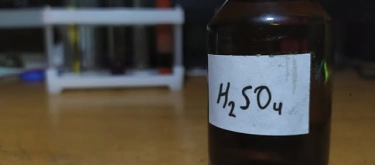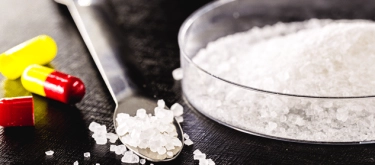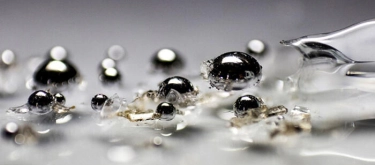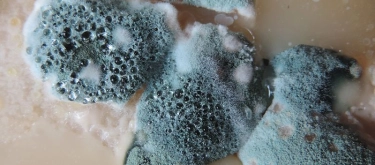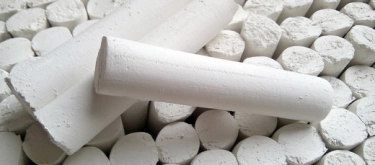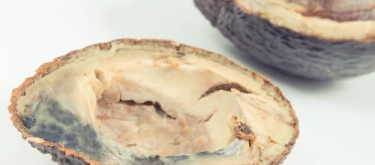Inedible: Flavor Profiles and Taste Descriptions
Not all substances have a place in our diet, and understanding what is considered inedible is crucial for safety, awareness, and culinary exploration. This category explores various inedible items, substances, and materials, analyzing their properties, origins, and why they are unsuitable for consumption.
Some inedible items are naturally toxic, while others may have non-food uses in industrial, medicinal, or chemical applications. The reasons behind their inedibility range from biological incompatibility to health hazards or even cultural taboos. Understanding these aspects helps in differentiating between what is safe and what should be avoided.
We provide a detailed breakdown of inedible substances, focusing on their characteristics, effects, and the misconceptions surrounding them. Whether it’s plants, chemicals, or artificial substances, this section offers a structured and factual approach to recognizing and understanding inedibility.
All rights reserved © 2025
Some inedible items are naturally toxic, while others may have non-food uses in industrial, medicinal, or chemical applications. The reasons behind their inedibility range from biological incompatibility to health hazards or even cultural taboos. Understanding these aspects helps in differentiating between what is safe and what should be avoided.
We provide a detailed breakdown of inedible substances, focusing on their characteristics, effects, and the misconceptions surrounding them. Whether it’s plants, chemicals, or artificial substances, this section offers a structured and factual approach to recognizing and understanding inedibility.
All rights reserved © 2025


